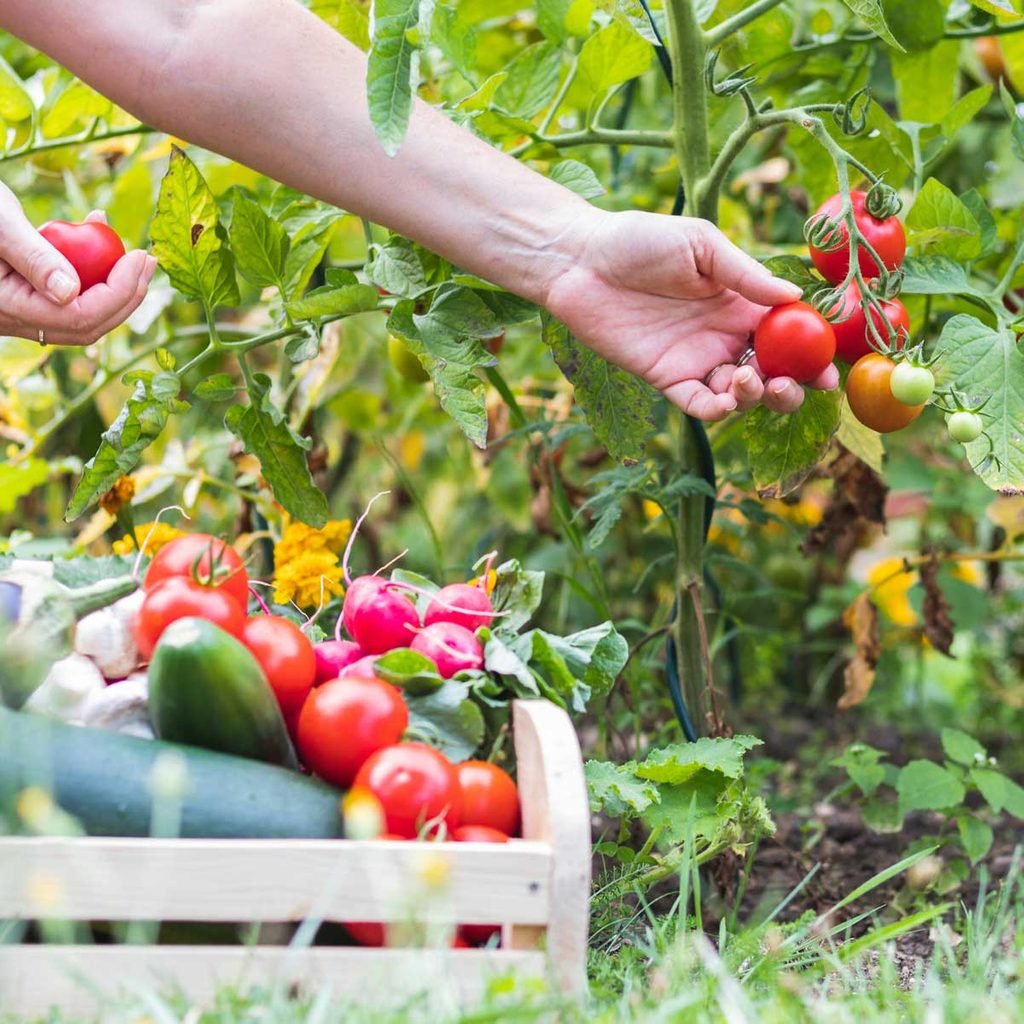20 Vegetables You Shouldn’t Grow Together
Updated: Feb. 02, 2024

Some plants compete for nutrients or space, or they attract damaging insects or fungus. Here are some incompatible plant combinations.
A garden is like a community. Some members of that community live quietly next to each other, and others demand their own space. Some will even rob valuable nutrients from nearby neighbors. Make sure your companion plants happily coexist. Here are a few plants that don’t play well with others.
New to gardening? These are the tools you need to get started.
Beans and Onions
Beans are considered allelopathic plants, which means they produce biochemicals that can hinder the growth of another plant. Beans do not do well with members of the onion family, such as onion, leek, chives and garlic. Beans and carrots complement each other, giving each other nutrients that encourage growth. Carrots also help beans by attracting ladybugs that keep aphids from damaging leaves. By the way, these are the easiest vegetables to grow.
Tomatoes and Corn
Tomatoes and corn fight each other for soil nutrients if planted too close together. The tomato hornworm and certain types of fungus love corn and tomatoes, so separating the two prevents mass extinction of both. Tomatoes also don’t like cabbage or potatoes. Instead, pair with lettuce, which will be shaded and keep the soil moist for the water-loving tomatoes. Speaking of tomatoes, here’s how to grow a salsa garden.
Potatoes and Sunflowers
One grows deep and the other rises high. However, they don’t get along because sunflower seeds contain a toxic ingredient that prevents potatoes from growing fully. Grow spinach for early harvest around the potato hills, before the potato plants need soil mounding.
Asparagus and Garlic
These two incompatible plants share the same need for nutrients in the soil, and asparagus is a real quitter if it can’t get everything it needs. Your best bet is to give asparagus its own bed with no competition. But if you must give it a friend, try parsley or dill. Use up your bunch in these quick asparagus recipes.
Celery and Carrots
We often pair them on a vegetable platter, but these plants should avoid each other in the garden. Both need water and shade, and seek a taller leafed-out companion like beans to keep the soil moist. Use thyme as a companion to celery, which will smother weeds and moisten the soil.
Eggplant and Fennel
Eggplant is a member of the nightshade family, and fennel produces a chemical that slows nightshade growth. Instead, choose bush beans as eggplant’s companion. Eggplant loves the nitrogen that the bush beans add to the soil. And the bush bean repels the Colorado potato beetle, which has a taste for eggplant. These are our favorite ways to cook with eggplant.
Cucumber and Rosemary
The cucumber can take on the flavors of strong herbs, so keep rosemary, basil and sage away until blending them into a delicious salad in the kitchen. Allow cucumbers to vine by giving them a trellis, which helps them avoid rotting on moist soil.
Lettuce and Garlic
Poor garlic hinders many plants, including producing chemicals that wilts lettuce in place. Keep lettuce away from garlic’s cousins, too—onion, leeks and chives. Instead, plant lettuce next to that power pair of carrots and radishes. The shallow roots of quick-growing lettuce won’t disturb the root crops.
Parsnips and Carrots
These two root crops like the same growing conditions, but both are susceptible to the carrot root fly. So it’s best to give them their own space, far from each other. Both plants would rather line up with radishes, as the little round radish grows quickly. Once the radishes are pulled, there is growing space between the longer-growing carrot or parsnip.
Pumpkins and Summer Squash
Pumpkins are aggressive garden plants. They can choke out summer squash such as zucchini that competes for water and space. Pumpkins will also cross-pollinate with other squash varieties, affecting your harvest. Pumpkins like to sprawl and snake up corn’s thick stalk. The two vegetables are harvested at different times, so they won’t compete for precious water in the late summer. Ready to harvest? Here’s how to carve a pumpkin.